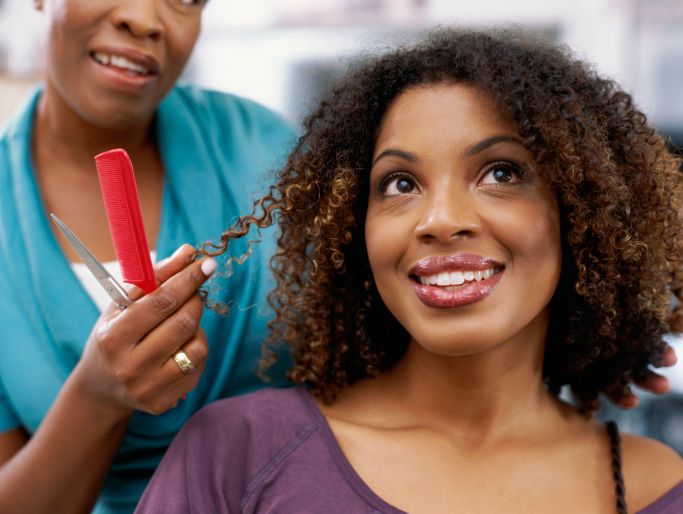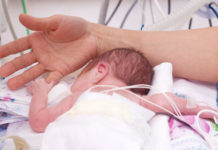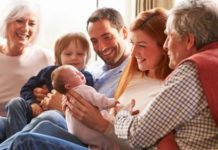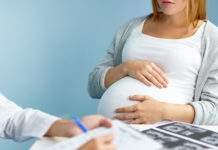During pregnancy women should be conscious not only of the potential health effects using hair treatments may have for their baby, but also how hair dyes and other treatments may affect their own health. Knowing how to minimise the risks by reducing exposure to the dangerous chemicals in hair dye is also important.
Possible side effects of using hair dyes to the pregnant mother
Apart from the potential to cause effects on the unborn child, hair dyes can also have side effects for the mother, these include:
- Dermatitis – inflammation of the skin
- Conjunctivitis – inflammation of the conjunctiva of the eye
- Glaucoma – an eye condition associated with increased pressure inside the eye
- Proptosis – bulging eyes
These side effects can occur with either contact of the hair dye with the skin or ingestion. Most cases occur in hairdressers who use the products frequently in their profession.
During pregnancy, your hair may react differently to a variety of hair treatments including colouring or curling. It is advisable to talk to your hairdresser about this. If you are doing the treatment yourself at home, it is best to do a colouring test on a strand of hair before using the product.
Minimising the risks of using hair dyes
 There are several strategies to minimise the risk of toxicity/harm from the use of hair dyes, these include:
There are several strategies to minimise the risk of toxicity/harm from the use of hair dyes, these include:
- Limit how often you dye your hair;
- Try highlighting your hair rather than dying your hair. During highlighting, dye is placed only on certain strands of hair and enclosed in foil. This way the dye is only absorbed by your hair and the amount of dye in contact with your scalp and bloodstream is minimised;
- Avoid dying your hair in periods of organ development of the foetus such as the first trimester of pregnancy;
- Wear gloves;
- Leave the dye on for the minimum amount of time;
- Rinse your scalp thoroughly after using any hair dye;
- Follow the manufacturer’s guidelines;
- Never mix different hair dye products;
- Colour your hair in a well ventilated area;
- Go to a hairdresser rather than self application at home;
- Do an allergy test before hand;
- Avoid hair dyes containing ammonia as the fumes inhaled may be harmful; and
- Use of pure vegetable dyes, including henna are a safe semi permanent option.
What to do if you are a hairdresser or work in the industry and are pregnant
If you work in the hairdressing industry, or come into contact with these products frequently, it is advisable that you follow the recommendations in the checklist (see Hair treatments checklist) to minimise your exposure. Your exposure as a professional will largely depend on your working conditions, the number of hours you work, and how often you use chemicals to treat hair. Proper working conditions are important and should include:
- Well ventilated working environment;
- Use of protective gloves; and
- Avoiding eating or drinking in the work area.
Kindly written and reviewed by Dr Allison Johns BSc (Hons) MBBS, Doctor, King Edward Memorial Hospital and Editorial Advisory Board Member of Parenthub and Virtual Medical Centre.
References
More information on hair treatments and hair dyes during pregnancy
 |
You need to take measures to protect yourself and your baby if using hair dyes or treatments while pregnant or breastfeeding. Make sure you can tick off all the points on our checklist to keep you and your little on as safe as possible. Hair treatments checklist. |
 |
For more information on hair dyes and hair treatments during your pregnancy see Hair treatments and hair dyes in pregnancy |



 (8 votes, average: 4.50 out of 5)
(8 votes, average: 4.50 out of 5) 






